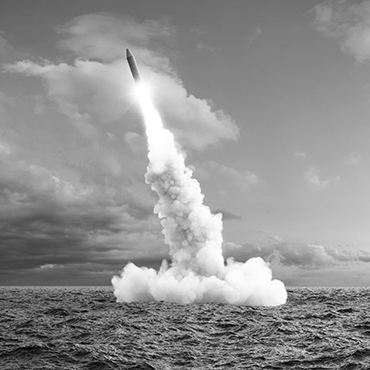CLASSICAL COMPUTING KEEPS PACE WITH QUANTUM RIVALS
Is entering the quantum computing era a necessity? For all of the recent hype surrounding quantum computing, the answer appears to be: "not necessarily." Researchers at New York University have developed an innovative algorithm that allows classical computers to outperform quantum computers in both speed and accuracy. The key to this breakthrough lies in an algorithm that judiciously preserves only the essential portions of the quantum state information that is necessary for accurate final calculations via optimized tensor networks. Dries Sels, an Assistant Professor at NYU, likens this selective information retention to the compression of large digital images into JPEGs, where file size can be reduced with minimal perceptible impact on quality. The innovation demonstrates potential improvements that can still be made in classical computing computation, and compares legacy systems favorably to their as-yet untested and error-prone quantum counterparts. (Science Daily, February 9, 2024)
A MORE BULLETPROOF EXOSKELETON
A groundbreaking body armor designed for military and police is offering the promise of innovative protection and support in high-risk situations. The ExoM Exoskeleton suit redistributes up to 70% of projectile impacts, thereby allowing it to withstand AK-47 machine gun rounds while ensuring operators can maintain necessary mobility. Developed collaboratively by Mehler Protection, Mawashi Science & Technology, and France's GIGN, the passive exoskeleton requires no external power, making it capable of handling extended missions. (Fox News, February 7, 2024)
MARINE LIFE-INSPIRED ARMOR BOOSTS PROTECTION
When seeking inspiration for new body armor, sometimes the best path forward is to look at what has evolved in nature. Cuttlefish are one example. They are capable of surviving in the depths of the ocean, close to half a mile below the surface, and as a result their internal shell is a fascinating subject for study. Now, San Diego State University scientists have developed a highly durable and lightweight body armor inspired by the resilient shell structure of the cuttlefish. The team used 3D printing to create a composite material that integrates piezoelectric Rochelle salt crystals with cuttlefish bone, significantly enhancing impact absorption. This new material has the potential to revolutionize military gear, offering soldiers better protection and real-time health monitoring. (3DNatives, February 13, 2024)
PLASMA STEALTH TECH COULD RENDER AIRCRAFT INVISIBLE
Avoiding enemy radar is paramount for supremacy in the skies, and China is hoping it just got a leg up on its adversaries. Chinese scientists have developed a new plasma stealth device that can make military aircraft virtually undetectable to enemy radar. The device differs from existing technology, which relies on radar-absorbing coatings and geometric designs, by tailoring to aircraft areas sensitive to detection, such as radar domes or cockpit. With this new technology, military aircraft can reduce their radar signatures, emit reflected signals to deceive radar data, and combat high-power microwave weapons. While the technology has shown promise in ground-based prototype tests, the research team acknowledges that adapting it for real-world applications will require careful consideration of each aircraft's unique structural characteristics. (South China Morning Post, February 19, 2024)
ELECTRONIC WARFARE AND TRANSPARENT BATTLEFIELDS
Chinese researchers claim to have developed an AI-powered electronic warfare device capable of real-time monitoring and analysis of the electromagnetic spectrum. This breakthrough would allow for the rapid detection and suppression of enemy signals, thereby significantly enhancing China's military capabilities. By incorporating artificial intelligence into the data analysis process, the device enables unprecedented information synthesis capabilities at a lower cost. This development comes as militaries around the world grapple with the challenges of fighting on "transparent battlefields," where both sides have near-omniscient knowledge of each other's positions and movements, as showcased in the ongoing war in Ukraine. (Asia Times, February 20, 2024)
Want these sent to your inbox?
Subscribe
Defense Technology Monitor No. 99
Related Categories:
Intelligence and Counterintelligence; Military Innovation; Science and Technology; China

